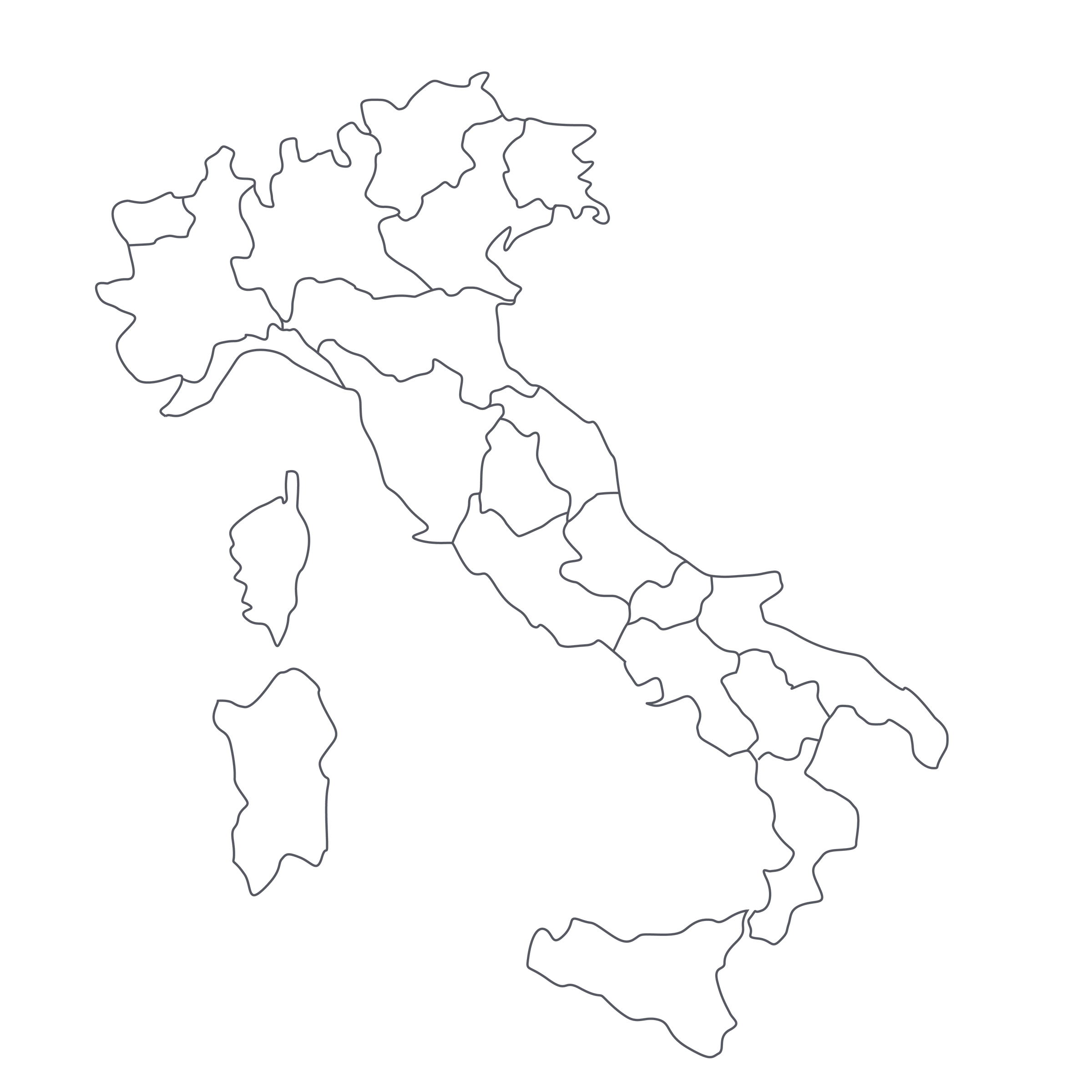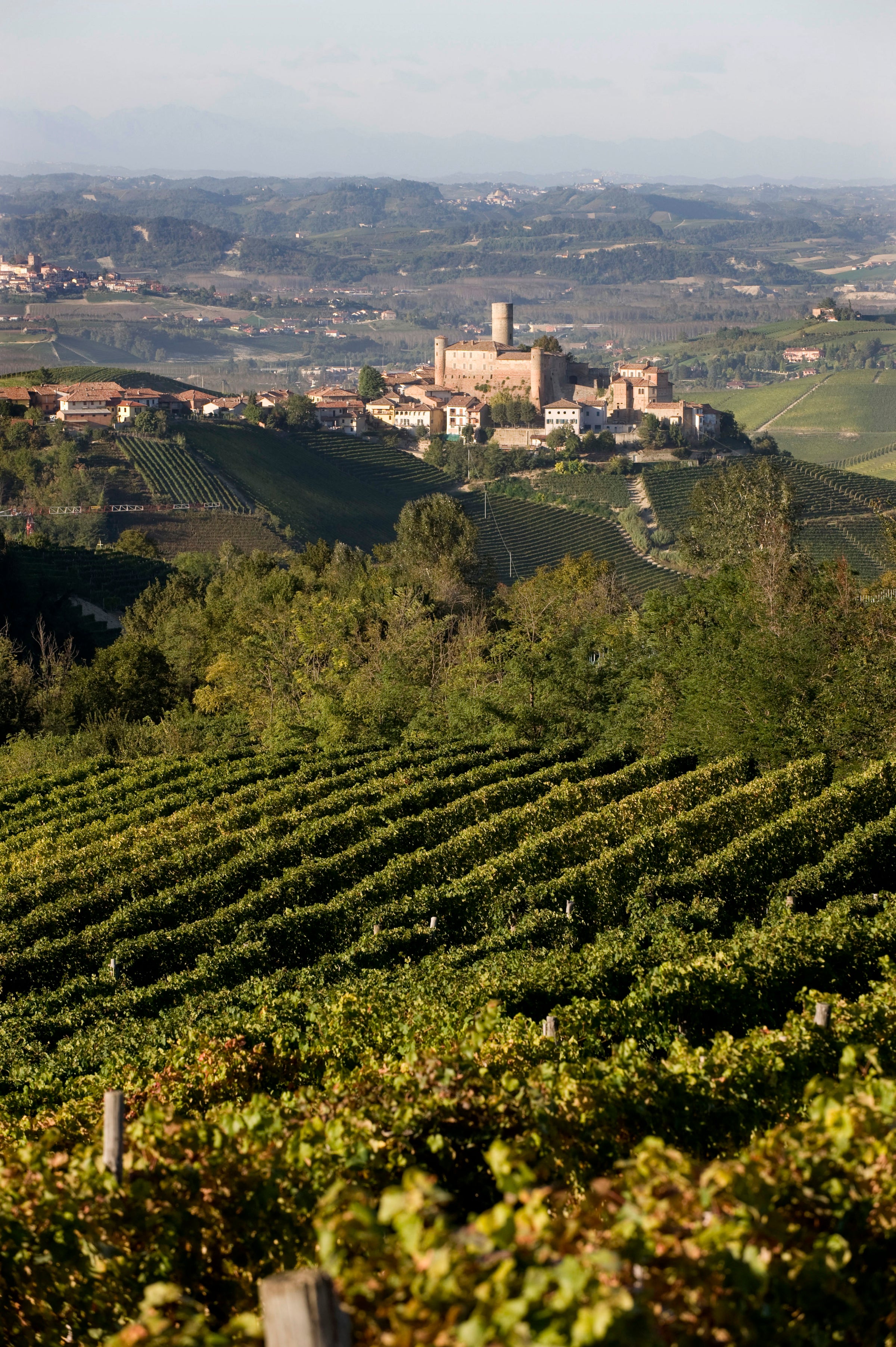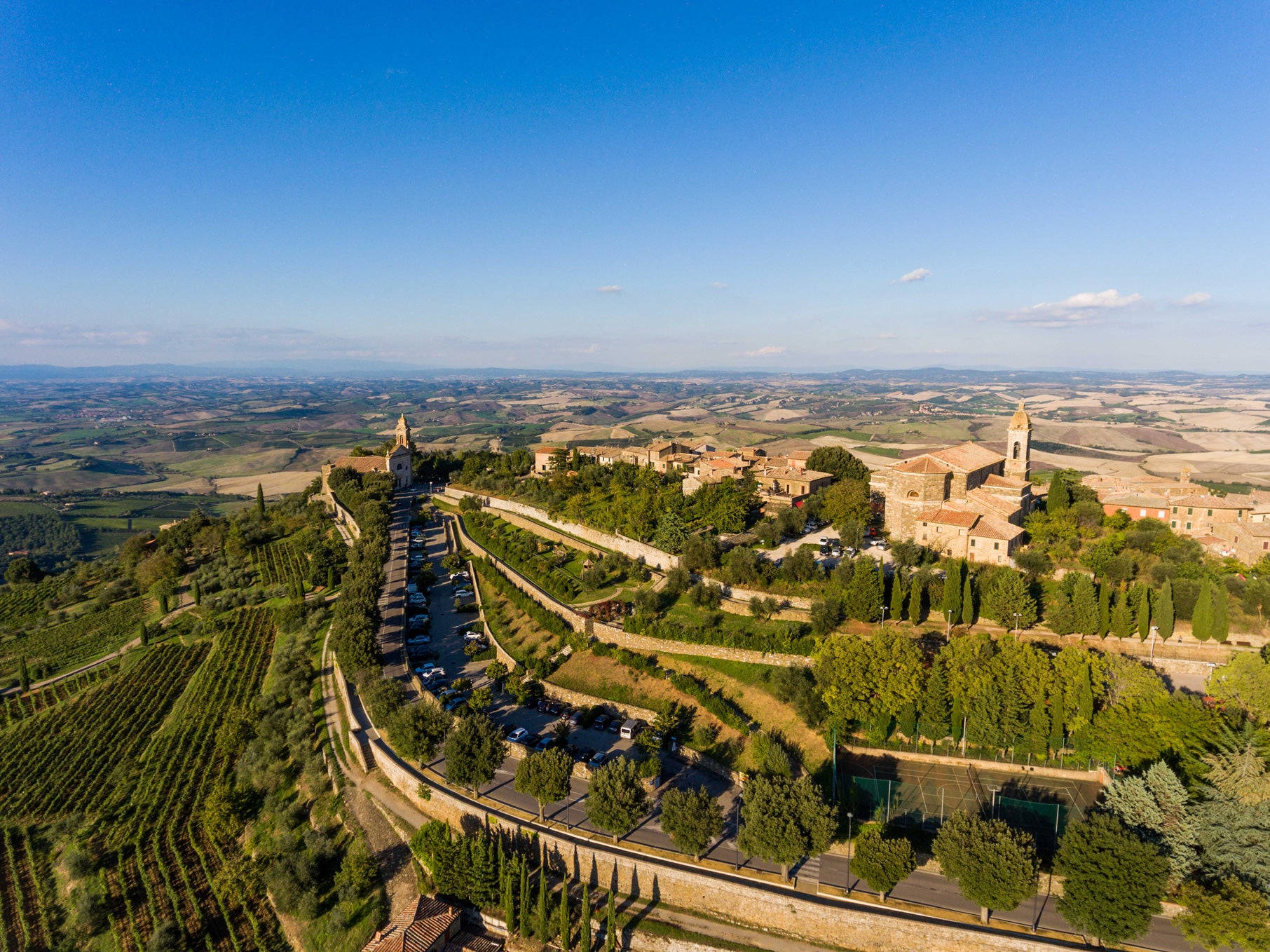There’s no rhyme or reason to Feyles’ micro-scale releases. Whenever they happen, one must act swiftly to avoid coming up empty-handed. Which brings me to my next point: If you have yet to gain entry into the Feyles cult, now’s the time to do so with their rarely seen 2013 Langhe Nebbiolo.
Sourced entirely from their Barolo and Barbaresco vineyards, blessed with eight years of age, and priced at just $32, this savory tour de force is Piedmontese Nebbiolo perfection—an affordable bullseye for impassioned wine enthusiasts! Honestly, I can think of zero comparisons when factoring everything in: chemical-free farming, elite Nebbiolo raw material, spontaneous fermentation, five years of aging in barrel/bottle before release, and a seriously limited annual production. All this, mind you, under the guidance of one man, a modest Piedmontese master who’s single-handedly crafted 56 consecutive vintages. For $32, you simply cannot find another Nebbiolo that matches this level of complexity, maturity, and pedigree. Best of all, today’s rare gem will keep evolving for another 10+ years so decant a couple now and stash the others deep in your cellar. Life doesn’t offer many chances to join Feyles’ secret club (this ’13 has zero market exposure and we’re the only ones with stateside inventory) so grab a case and run!
Founded in 1964 by Maria Feyles and her son-in-law, Antonio de Nicola, the small estate has been run almost single-handedly by Antonio ever since. Now in his eighties, he’s crafted some sensational, long-aged Piedmont reds that have stolen our breath. This is old-school Nebbiolo, farmed without synthetics, made without intervention, and aged in ancient Slavonian barrels for years. Whereas a lot of highly traditional Nebbiolo can contain its fair share of flaws, Antonio’s are tremendously pure, vibrating with structure, perfume, and profound earthiness.
Overall, the Feyles estate farms just seven hectares of vines largely planted to Nebbiolo for Barolo and Barbaresco production, a small portion of which are “declassified” and blended into his Langhe bottling. For each vine, no chemicals are used and harvesting is strictly carried out by hand. Today’s 2013 underwent a classically long maceration on its skins and underwent a native, airborne yeast fermentation. The resulting wine then spent two years in large Slavonian oak casks and another three in bottle before an initial release. Sulfur was used sparingly throughout. This specific parcel only just left Feyles’ cellar months ago.
Typically, a substantial price tag is attached to a 2013 Barolo/Barbaresco, so most buyers limit themselves to a few bottles, however, pricing is a nonfactor with Feyles: At $32, this is a no-brainer case purchase that will exponentially reward for years to come. It fills a Burgundy stem with a profusion of dark berry fruits like black cherry and wild black raspberry before slow-rolling waves of dried plum, dried rose petal, baked clay, dried tarragon, licorice, varnish, orange peel, exotic spice, and sandalwood dominate the senses. The palate is medium-plus bodied and powerful, offering up fine-grained tannins and lifted acidity that serves to enliven the berry fruit. All you need to do is decant the wine for 30 minutes and keep the service temperature around 60 degrees—it’ll dust a great deal of $50-$60 Barolo and Barbaresco competition. Cheers!









